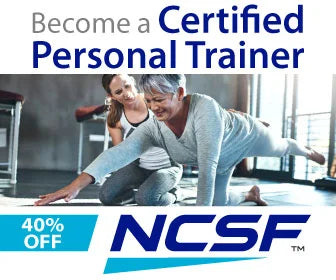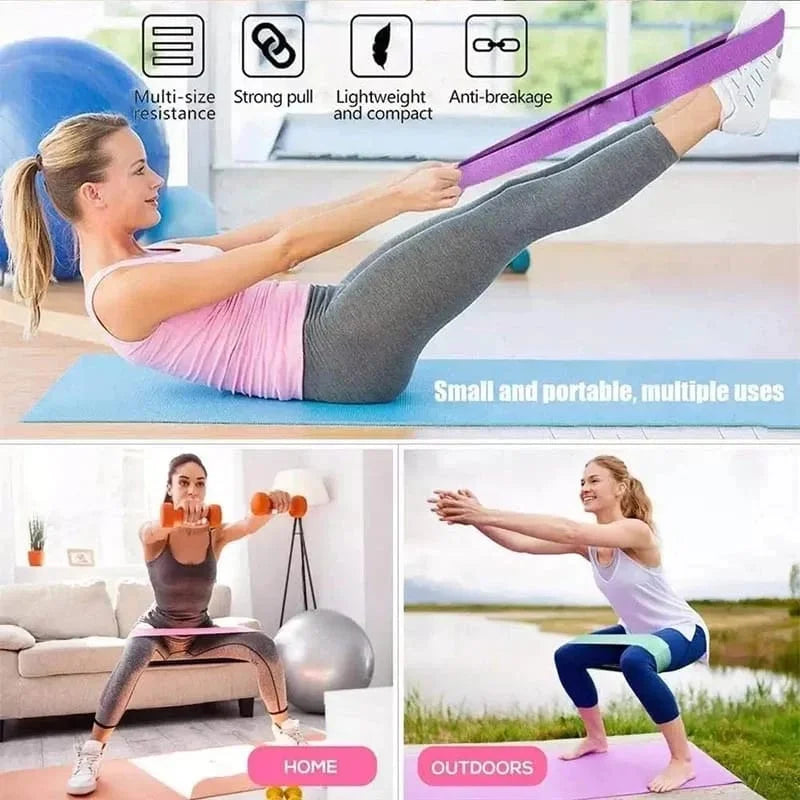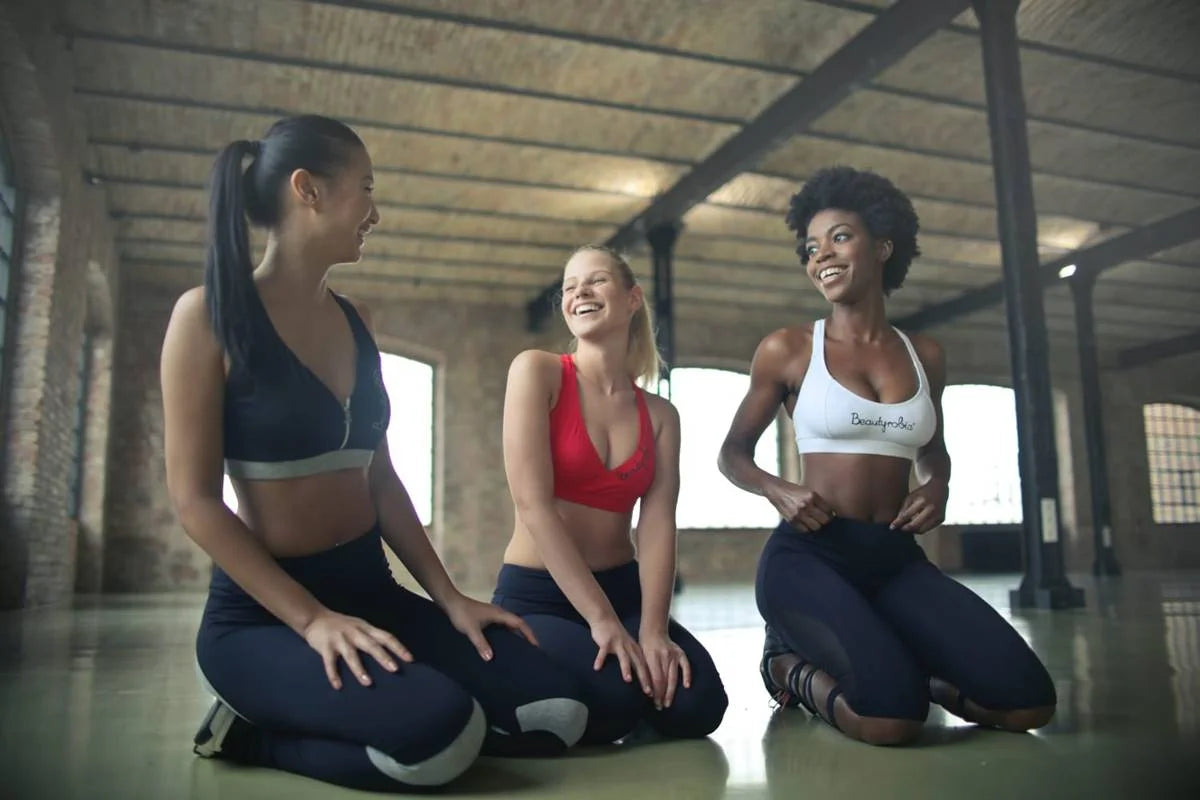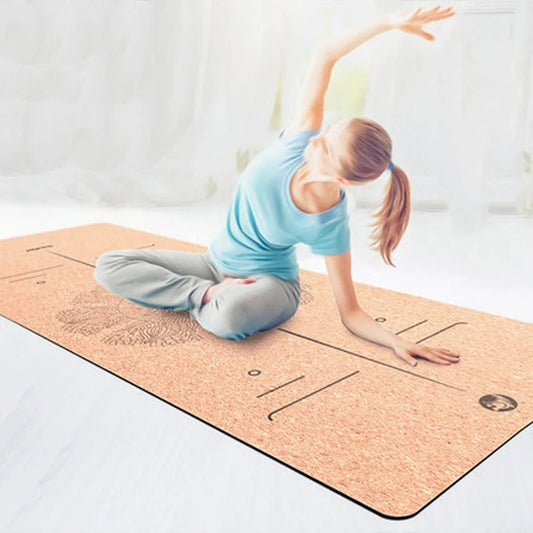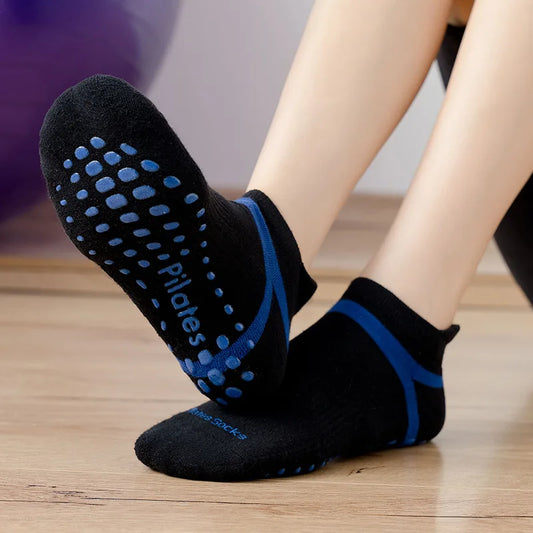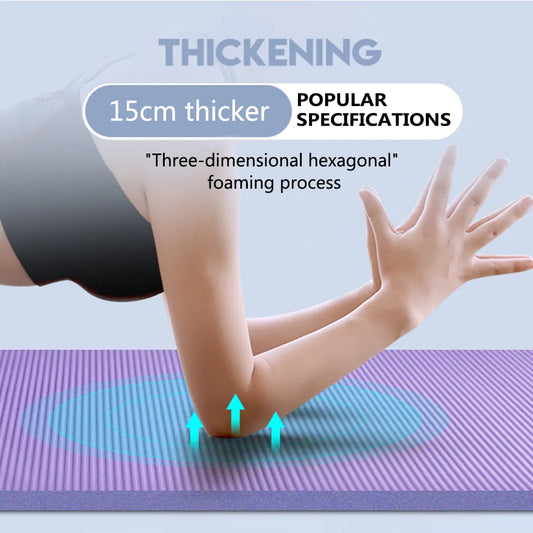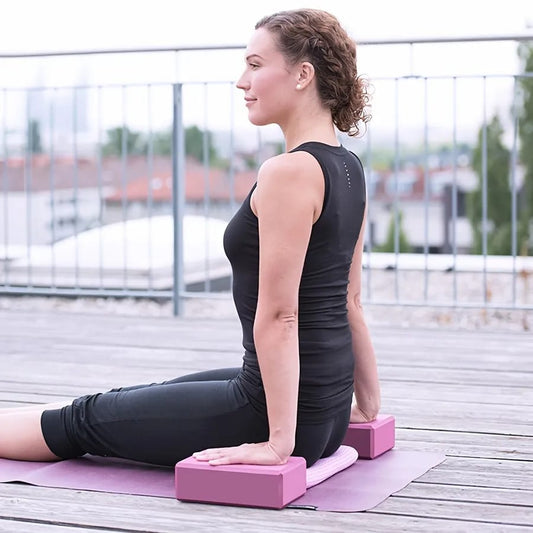In the context of fitness, The Movements of Life refer to the fundamental movement patterns that humans perform in their everyday lives. These movements are essential for functional fitness and include actions such as pushing, pulling, squatting, bending, twisting, lunging, and walking. Here's a breakdown of the movements of life in fitness:
-
Pushing: Pushing movements involve exerting force away from the body, such as during pushing open a door, pushing a grocery cart, or performing a push-up exercise.
-
Pulling: Pulling movements involve drawing objects toward the body or bringing the body toward an object, such as pulling open a door, pulling on resistance bands, or performing pull-up exercises.
-
Squatting: Squatting movements involve bending at the hips and knees while keeping the spine neutral, as if sitting down and standing up from a chair. Squats are essential for activities like sitting, standing, and lifting objects from the ground.
-
Bending: Bending movements involve flexing the spine forward or hinging at the hips to reach down or pick up objects from the ground. Examples include bending to tie shoelaces or pick up groceries.
-
Twisting: Twisting movements involve rotating the torso and spine to the left or right. These movements are used in activities like reaching for items behind you or twisting to look over your shoulder while driving.
-
Lunging: Lunging movements involve stepping forward, backward, or to the side while maintaining balance and stability. Lunges help improve leg strength, stability, and balance, mimicking movements like climbing stairs or walking on uneven terrain.
-
Walking: Walking is a fundamental movement pattern that involves alternating steps of lifting and moving the feet forward while maintaining balance and coordination. Walking is a natural form of human locomotion and is essential for daily activities and cardiovascular health.
By incorporating exercises that mimic these movements of life into a fitness routine, individuals can improve their functional strength, mobility, flexibility, balance, and coordination, leading to better overall fitness and enhanced performance in daily activities and recreational pursuits. Functional fitness programs often include a variety of exercises and movements that target these fundamental patterns to help individuals move more efficiently and confidently in their everyday lives.

